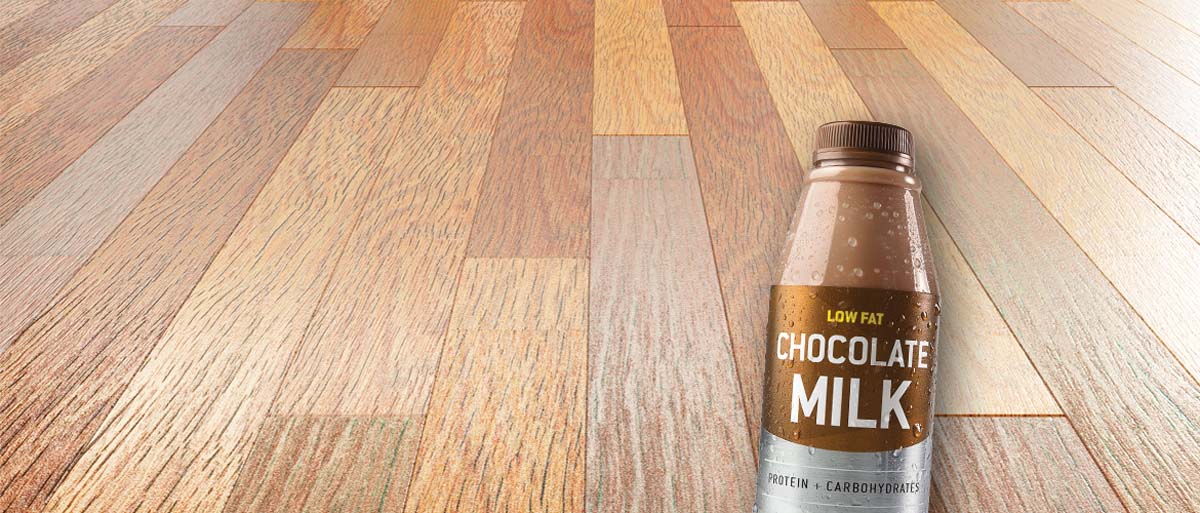Gluten-intolerant, salt-intolerant and lactose-intolerant are all becoming very popular terms in the food world. While these conditions often lead people to eliminate or strictly limit their intake of particular food ingredients, there is some good news for those who think they may be lactose intolerant. You still can safely drink milk, nature’s perfect sports drink, after exercise to rehydrate, refuel and rebuild.
What is Lactose Intolerance?
People with lactose intolerance have trouble breaking down lactose, the natural sugar in milk. The body naturally produces the enzyme lactase, which is responsible for breaking down lactose into digestible parts. Lactose intolerance is a very individualized condition because every person produces different amounts of lactase. When people consume more lactose than their body’s lactase is capable of breaking down, they may experience stomachaches, gas or even diarrhea. The good news is, lactose intolerance is not an allergy and most people can learn how to enjoy dairy foods without having any problems.
Tips for Enjoying Dairy as a Refuel Beverage Even with Lactose Intolerance
For athletes, fluid, carbohydrates and easily absorbable proteins are all key to post-exercise recovery. Both white and chocolate milk provide fluid and electrolytes to rehydrate, carbohydrates to replenish and easily absorbable proteins that, in combination, serve as the perfect post-workout snack. How do you enjoy the health benefits of dairy’s nutrition if you have trouble breaking down lactose?
- Remember: A doctor is the only person who can accurately diagnose you with lactose intolerance. If you are experiencing undesirable digestive symptoms, it is important to check with a physician to make sure you are not suffering from a more serious condition. Even if you are diagnosed with lactose intolerance, many doctors will still recommend that you continue to include dairy foods in your diet because of dairy’s health benefits, but to do so by choosing the right foods and correct portions.
- Dairy foods contain different amounts of lactose. Fluid milk has by far the most lactose, whereas many hard cheeses have less than 1 gram of lactose per serving. Yogurt, for example, is often easier for people to digest because it not only contains less lactose than milk, but it also contains live and active cultures that can improve digestion.
- If you have lactose intolerance, try these tips for choosing dairy foods post-exercise:
- Sip It: Build up a tolerance to milk. Some people can enjoy smaller portions of milk and slowly increase the amount over a few weeks to avoid intolerance. Remember that one cup of milk is a serving. For some people, a tall glass may cause intolerance issues.
- Try It: Try lactose-free products. Lactaid milk for example, is real milk and provides the same nutritional value as regular milk, it simply contains added lactase enzyme that allows those with less naturally produced lactase to enjoy the milk.
- Blend It: Fruit smoothies with non-fat yogurt or lactose free milk contain the electrolytes, fluid, carbohydrates and protein that your body needs after a workout and is easily digestible for most people.
- Make It Easy: Look for lactase enzyme pills at your drugstore. Take a pill with your first sip of refreshing milk after exercise.
Athletes can train harder and perform better with proper nutrition. Visit our sports nutrition page to read more about milk as an exercise recovery beverage and learn how to eat for peak athletic performance.




